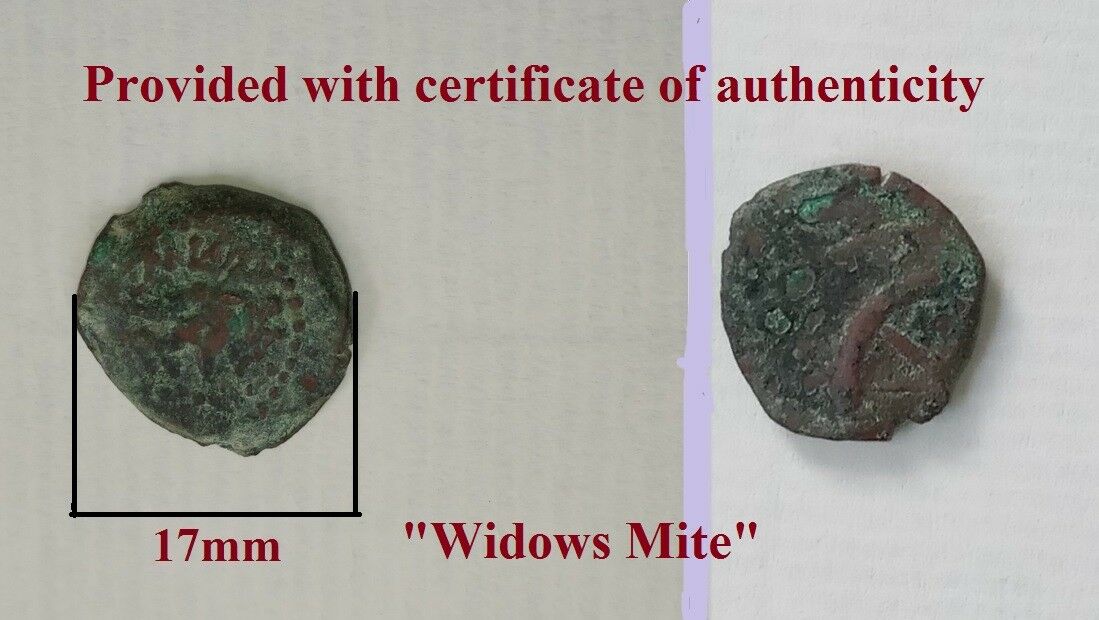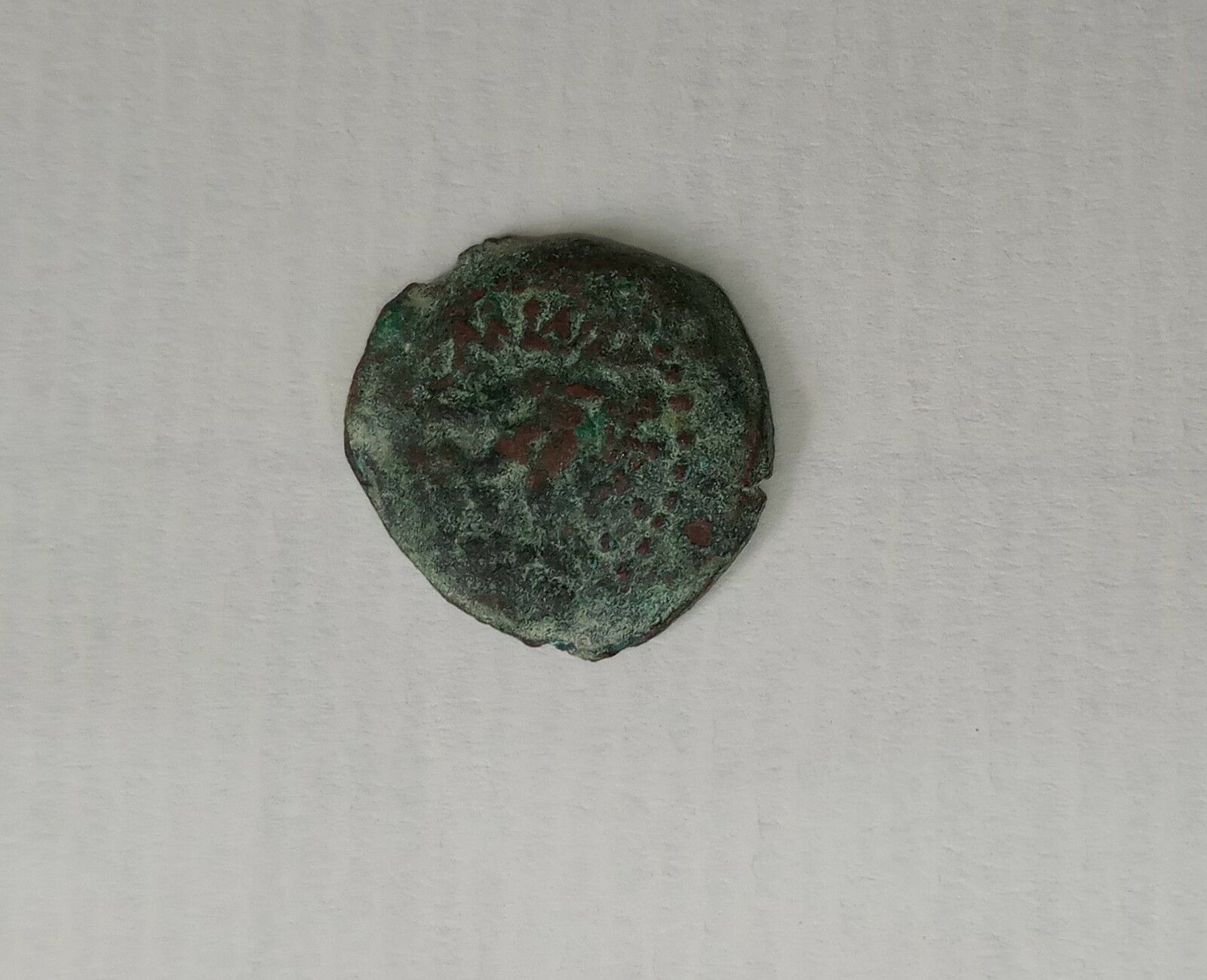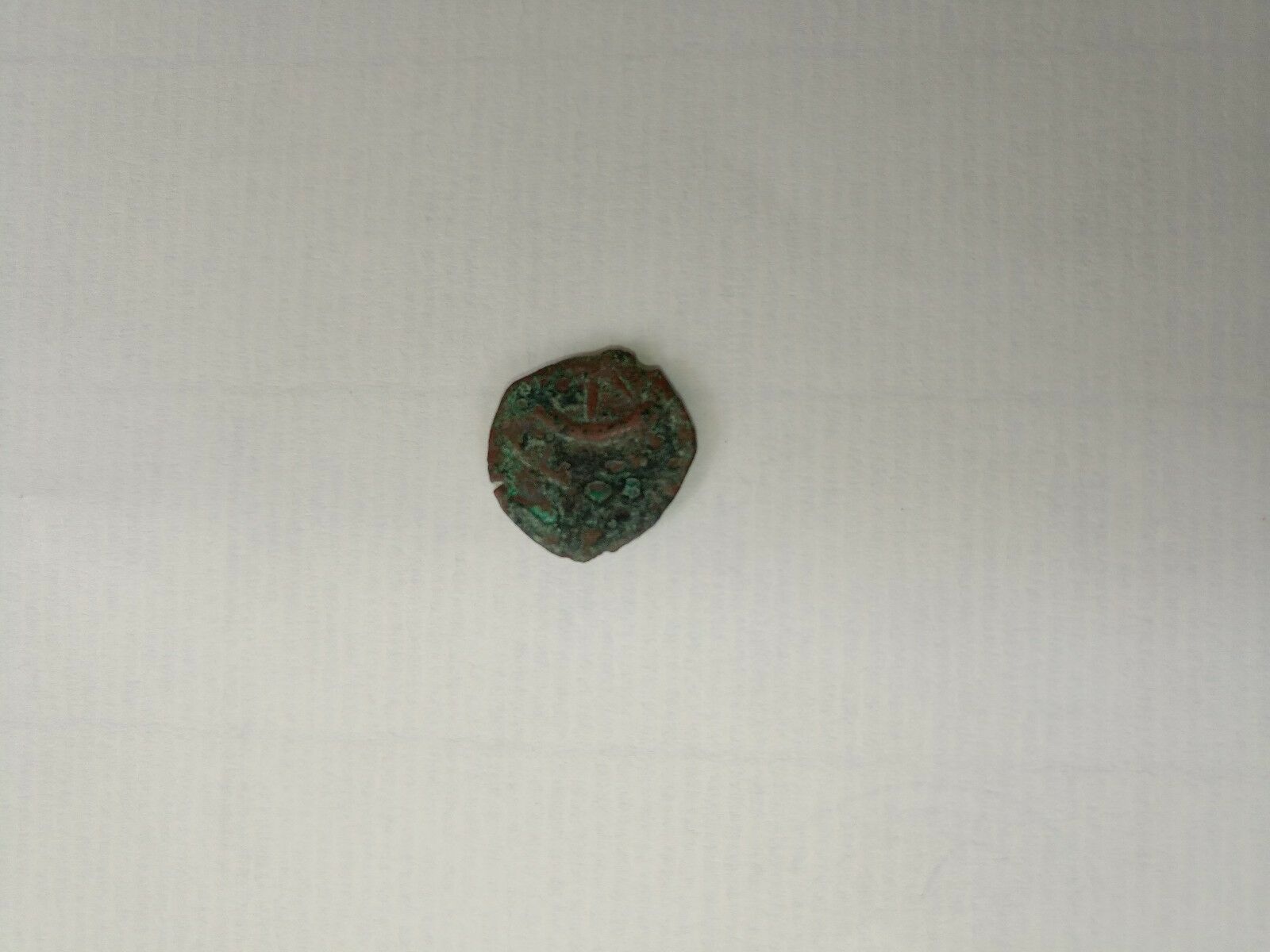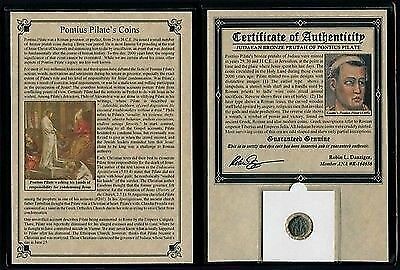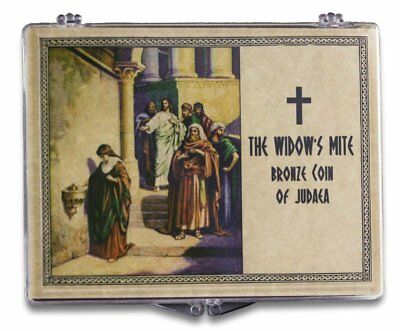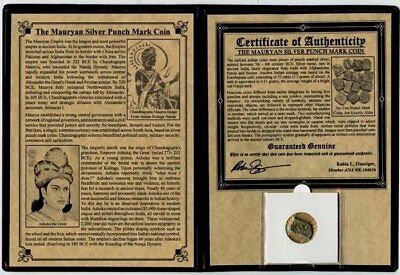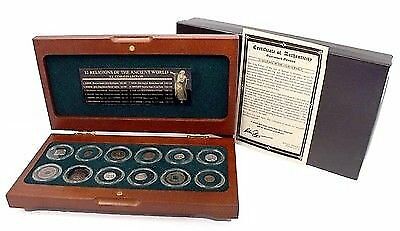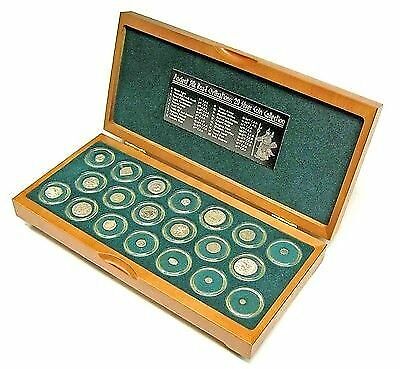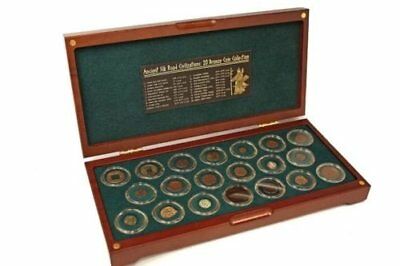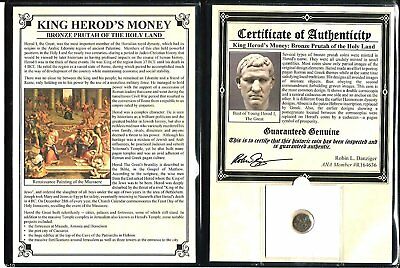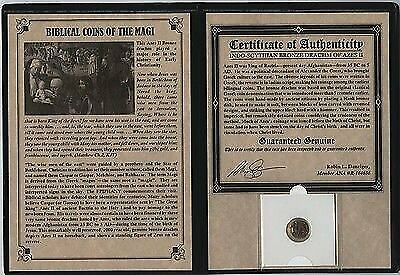-40%
Alexander Jannaeus Ancient Yudea 1 Cent BC Authentic Rare Old Bronze Coin Prutah
$ 63.3
- Description
- Size Guide
Description
Alexander Jannaeus Ancient Yudea 1 Cent BC Authentic Rare Old Bronze Coin PrutahFree Shipping
Provided with certificate of authenticity
Product description:
Maccabaean King and High Priest of Ancient ISRAEL: ALEXANDER JANNAEUS
Bronze Prutah (17mm, Jerusalem 1-st Century B.C.E.)
Reference: Hendin 473.
Double
cornucopiae
adorned with ribbons and a
pomegranate
between.
Archaic Hebrew inscription
... Yehonatan the High Priest and the Council of the Jews surrounded by wreath.
Numismatic Note* Genuine 2100 Year Old Jewish Prutah of Alexander Jannaeus, featuring an Archaic Hebrew
Inscription which Reads: "Yehonatan the High Priest and Council of the Jews". Also Featuring Two Symbols of
Ancient Israel - the Cornucopia and Pomegranate, among the Earliest Jewish Coin Types Known.
Alexander Jannaeus, High Priest and King of ancient Israel. Alexander Jannaeus was an ambitious warrior who increased the size of the kingdom to approximate that of King David. His rule saw, however, a civil war which divided Judaea from 95-89 BCE, but he reunited the Jews to prevent a Syrian invasion attempt. This coin was originally minted in the Holy Land between 103 - 76 BCE and survives in fine condition with much of the original art and inscriptions still visible. The
irregular shape is completely normal for this coinage. The coin you see here bears an archaic Hebrew inscription which reads, "Yehonatan the High Priest and the Council of the Jews". It also features a symbolic double cornucopia adorned with ribbons and a pomegranate.
The cornucopia was certainly one of the most popular symbols of the ancient world, but it was the Jews who institutionalized it as a symbol representing the richness of the Holy Land of Israel . The addition of the pomegranate served as a symbol with a variety of interpretations. One belief was that by eating it your merits would increase by the number of seeds in the fruit. Another belief was that there were 613 seeds in the fruit, thus equating it with the number of commandments in the Torah.
Jewish Coinage History: The earliest Jewish coins came into existence during the Maccabaen period. This was well after coinage had been established in the ancient world. This was due in large part to the invasion by the Babylonians in 586 BCE which virtually destroyed the Judaean kingdom just around the time that coinage was first becoming established. The Jews eventually returned to their former home, but the authority to coin money remained in the hands of the Persians. This situation existed until the time of the Maccabees ( Hasmonean Dynasty ) when John Hyrcanus I, nephew of Judah Maccabee, became the first Jewish ruler to mint coins in his own name. This important and historic numismatic
event occurred shortly after 135 BCE.
Handling time - up to 5 business days
